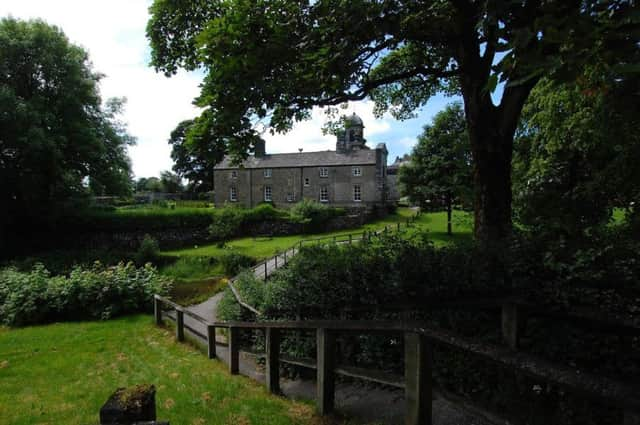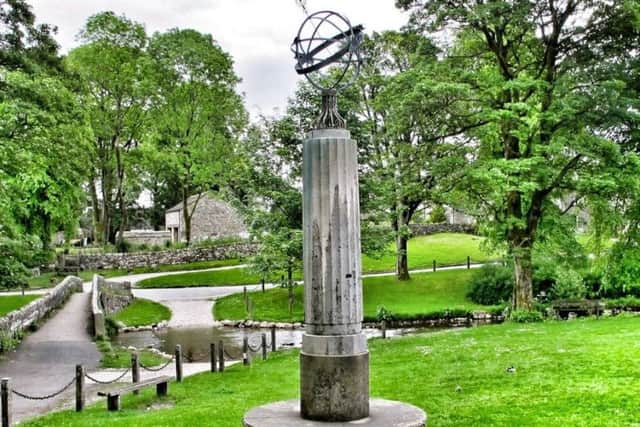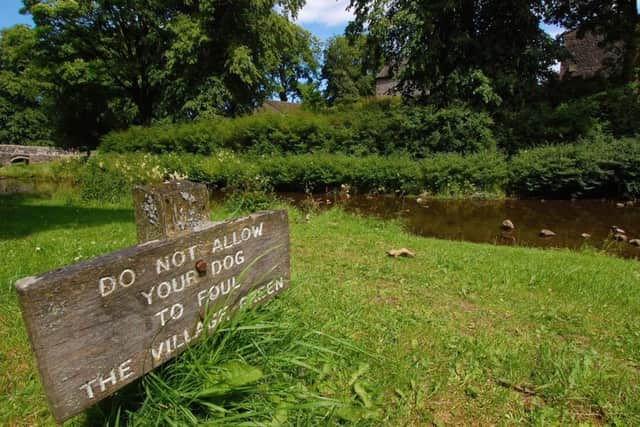Village focus: Linton-on-Craven, '˜north's loveliest spot'


Yet here, in the village green at Linton-in-Craven, is carved his name, in the plinth of the obelisk that commemorates its title as loveliest village in the north of England, in 1949.
Williams-Ellis had been a judge in the competition, organised by the old News Chronicle. Both of those names may be lost on the village’s present-day inhabitants, Jonny Metcalfe, the chairman of its parish council, thinks. But the work that must have gone into winning the award continues unabated.
Advertisement
Hide AdAdvertisement
Hide AdLinton-in-Craven, planted within the Dales National Park, between Grassington and Cracoe, remains picture perfect, but many of the families who once farmed it have left, replaced by others who have second homes here and more who commute to Leeds.


Two sheep and beef cattle operations remain: Mr Metcalfe’s Grange Farm and the Boothman family’s Linton Hall Farm.
“I’m 55 and I’ve been here all my life - and the family has been here for 160 years, so I suppose you could say we’re locals now,” Mr Metcalfe said. “But the Boothmans have been in the village much longer.”
With a thriving village pub, the Fountaine, but no shops, the National Park considers Linton a “service village”. It is also a tourist hub, popular with walkers and motorists alike. A series of newly-planted oak posts keeps their cars off the village green that Williams-Ellis so enjoyed.
However, alternative space for vehicles is at a premium.


“Parking and traffic is a nightmare,” Mr Metcalfe said.
Advertisement
Hide AdAdvertisement
Hide Ad“The place is a massively popular with tourists - it’s a victim of its own success, really.”
But it is conservation that is at the top of the village agenda, he said. “It’s a question of working with the National Park to maintain the equilibrium, keeping it pretty and maintaining it for everyone.”
A community fund subsidised by Tarmac’s nearby Swinden Quarry helps to pay for the oak posts and other conservation measures. Chief among these currently is controlling the population of American crayfish that is threatening native species in


Linton Beck, which runs down to the Wharfe at the limestone Linton Falls, half a mile away.
Advertisement
Hide AdAdvertisement
Hide AdThe beck is crossed by three bridges and the stepping stones across a shallow ford. But the village’s architectural jewel is the block of almshouses, bequeathed by Richard Fountaine, a local who, became an Alderman of London, and which were designed by Sir John Vanbrugh, architect of Castle Howard.